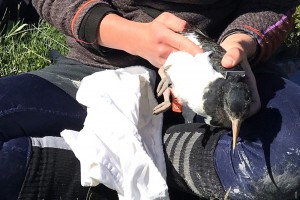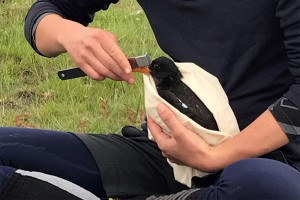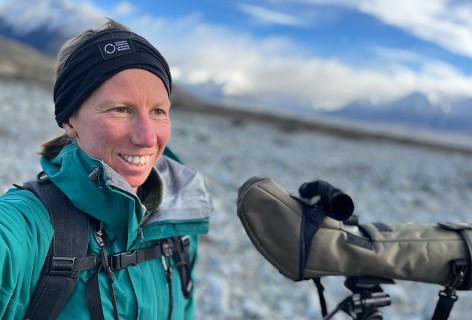Increasing wader abundance
In this section
-
Restoring ecosystems
- Plants, invertebrates, fungi & bacteria
- Honey landscape model
- Increasing wader abundance
- Kiwi Rescue
- Koekoeā Quest – Uncovering secrets of the long-tailed cuckoo
- Long-term Ecology Laboratory
- More Birds in the Bush
- Restoring wetland ecosystem functioning
- Te Kura Huna o Te Urewera (The Hidden Treasure of Te Urewera) documentary released
- Wetlands
New Zealand has a unique group of shorebirds that breed inland and move to the coast to overwinter. These birds connect ecosystems and people from different ends of the country as they move between jurisdictions, regions, and rohe.
How does local recruitment play into national population dynamics? How does survival vary throughout the year? Which routes do birds take between places? These are just some of the questions that Manaaki Whenua has teamed up with the Department of Conservation and their partners Birds New Zealand, Pūkorokoro Miranda Naturalists’ Trust and Otago Regional Council to answer with a joint focus on tōrea (South Island pied oystercatcher).
- Manaaki Whenua’s research is based on tōrea breeding grounds and following birds from one breeding ground to various wintering grounds. This intensive field work has been supported by Environment Canterbury through the Regional Braided River Initiative Fund, and also informs local conservation work.
- The Department of Conservation and partners are working across wintering grounds which are linked to many different breeding grounds.
- Our research partners are sharing breeding and wintering bird count data to inform the population model.
The combined work of all partners in different parts of the country will allow us to develop the first ‘full-annual cycle’ population model for bird management across New Zealand.
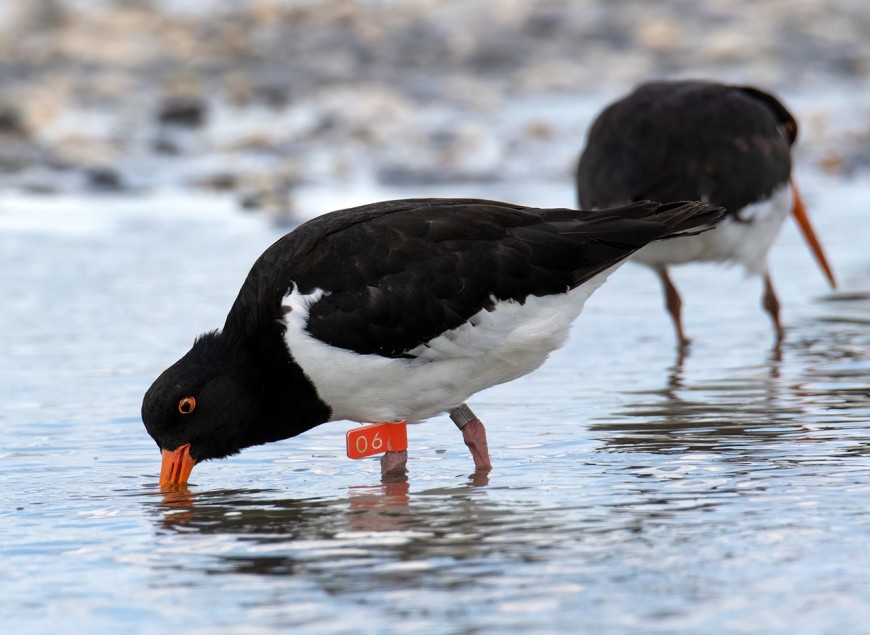
A tōrea banded as fledgling in the Rangitātā and re-sighted in the Firth of Thames. Image © Mandy Hague
Research strands
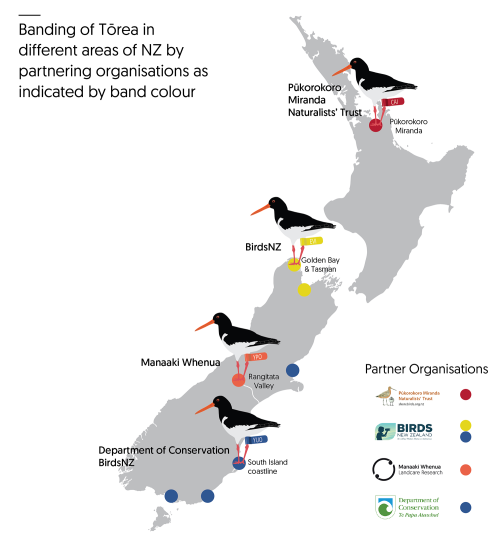
Banding of tōrea in different areas of NZ by partnering organisations as indicated by band colour
Connecting sites and people – you can help!
We are marking birds across New Zealand with small coloured flags. If you spot a tōrea with a flag, please report the sighting to us through email or to DOC’s banding database. This information informs us about the survival of individuals throughout the year, and which wintering and breeding sites are connected.
Following the wingbeats with the latest technology
A subset of individuals carry a small GPS-GSM transmitter that allows to follow migration and local movements. For the first time we are able to discover general migration routes and learn how inexperienced young birds make their first migration. We also learn how the timing of movement varies between individual birds and between years.
Early steps – how much does environment matter for reproductive success?
We are monitoring tōrea across two different types of breeding habitats (farmland and riverbed) to understand how those habitats influence the success of pairs in raising chicks and the chicks’ subsequent survival. Birds arrive on breeding grounds around August and start nesting, weathering the often harsh environments of upland rivers.

